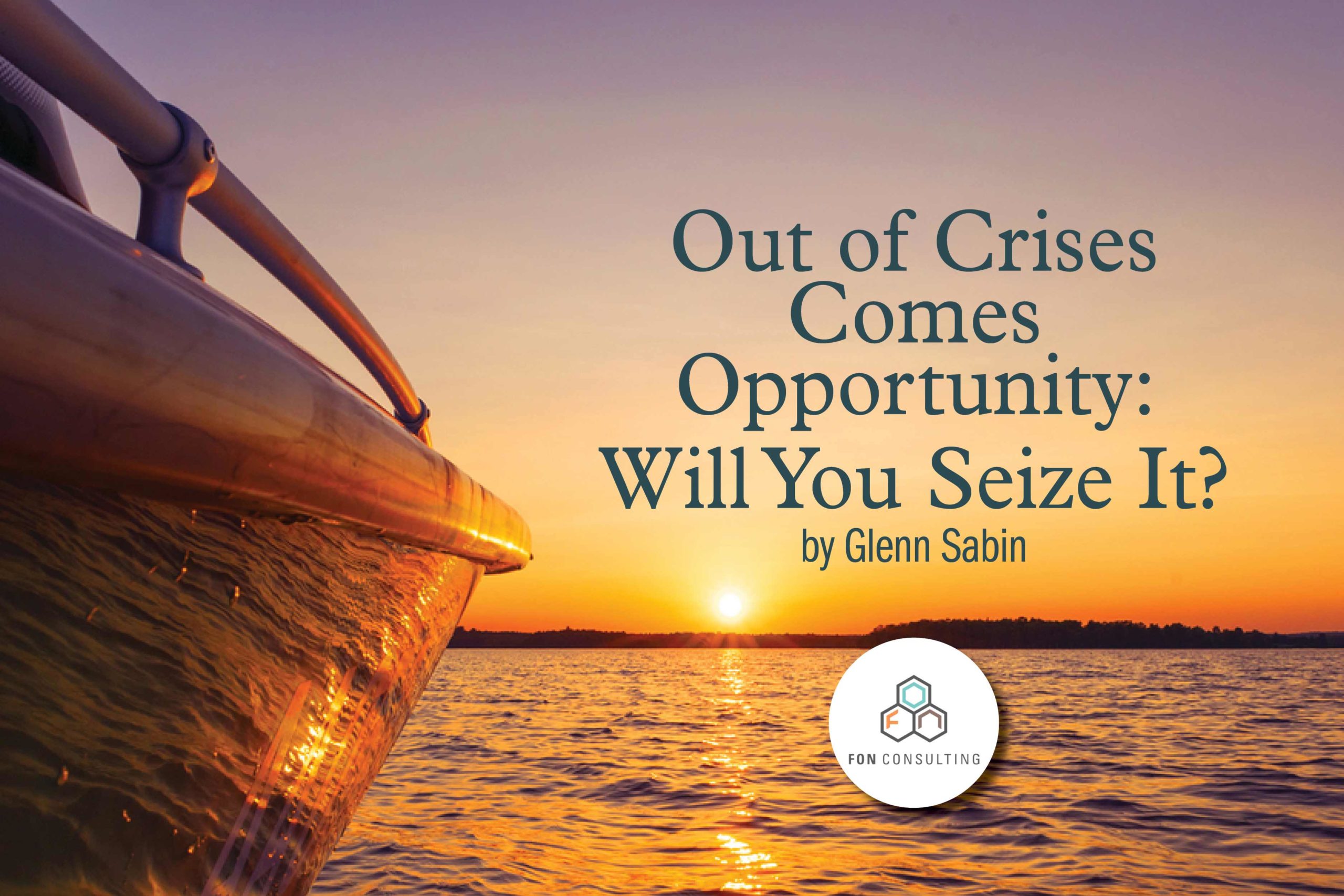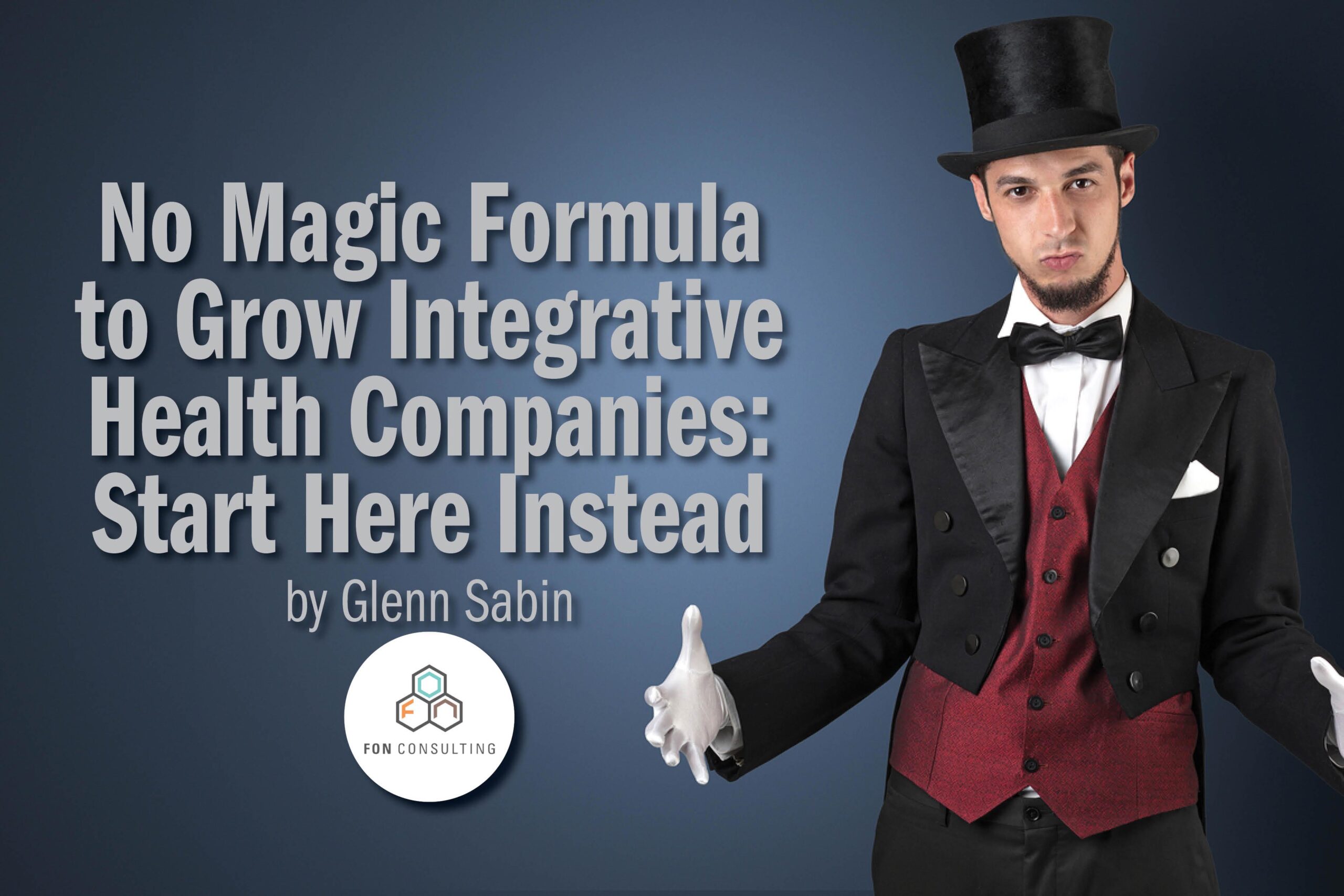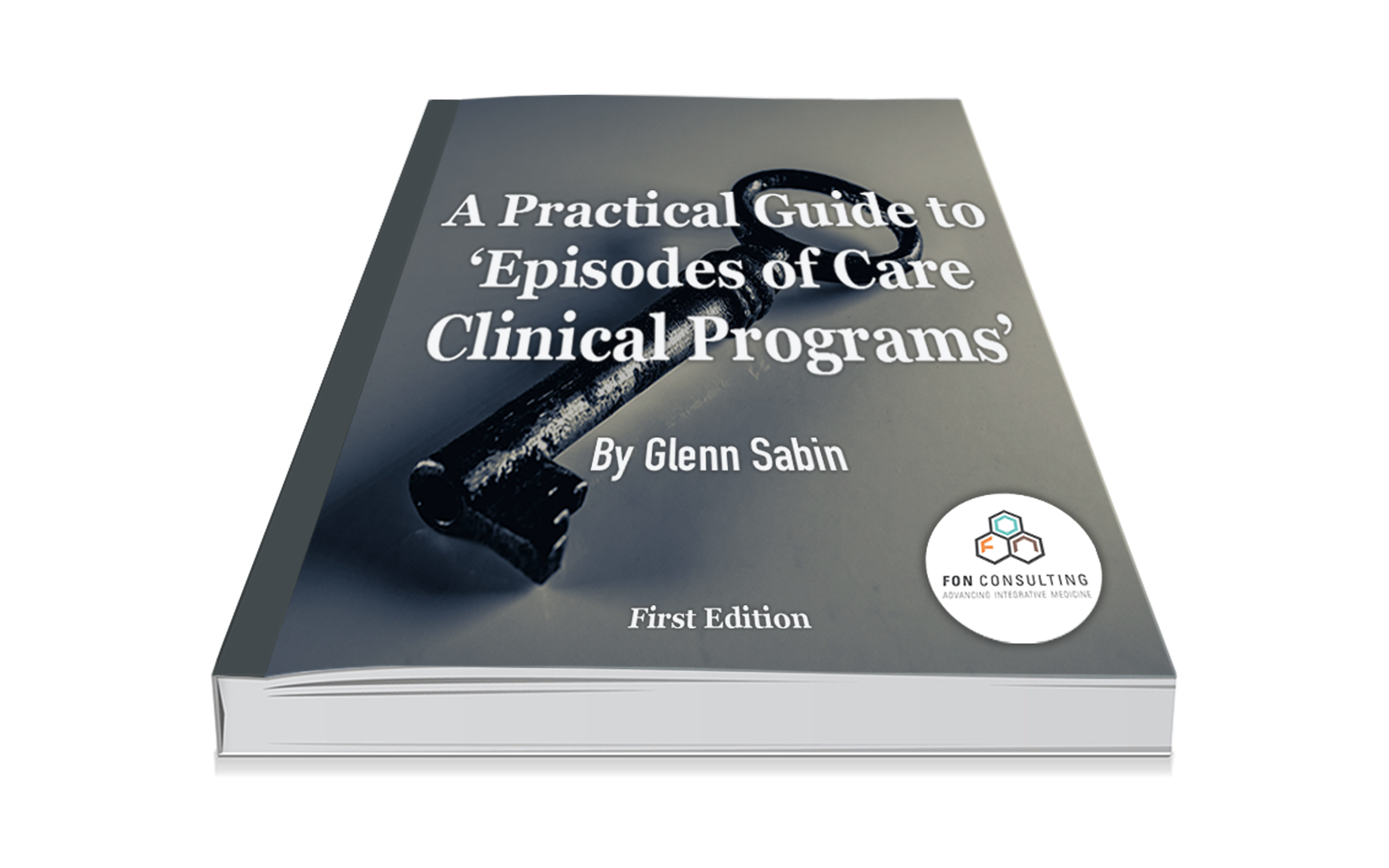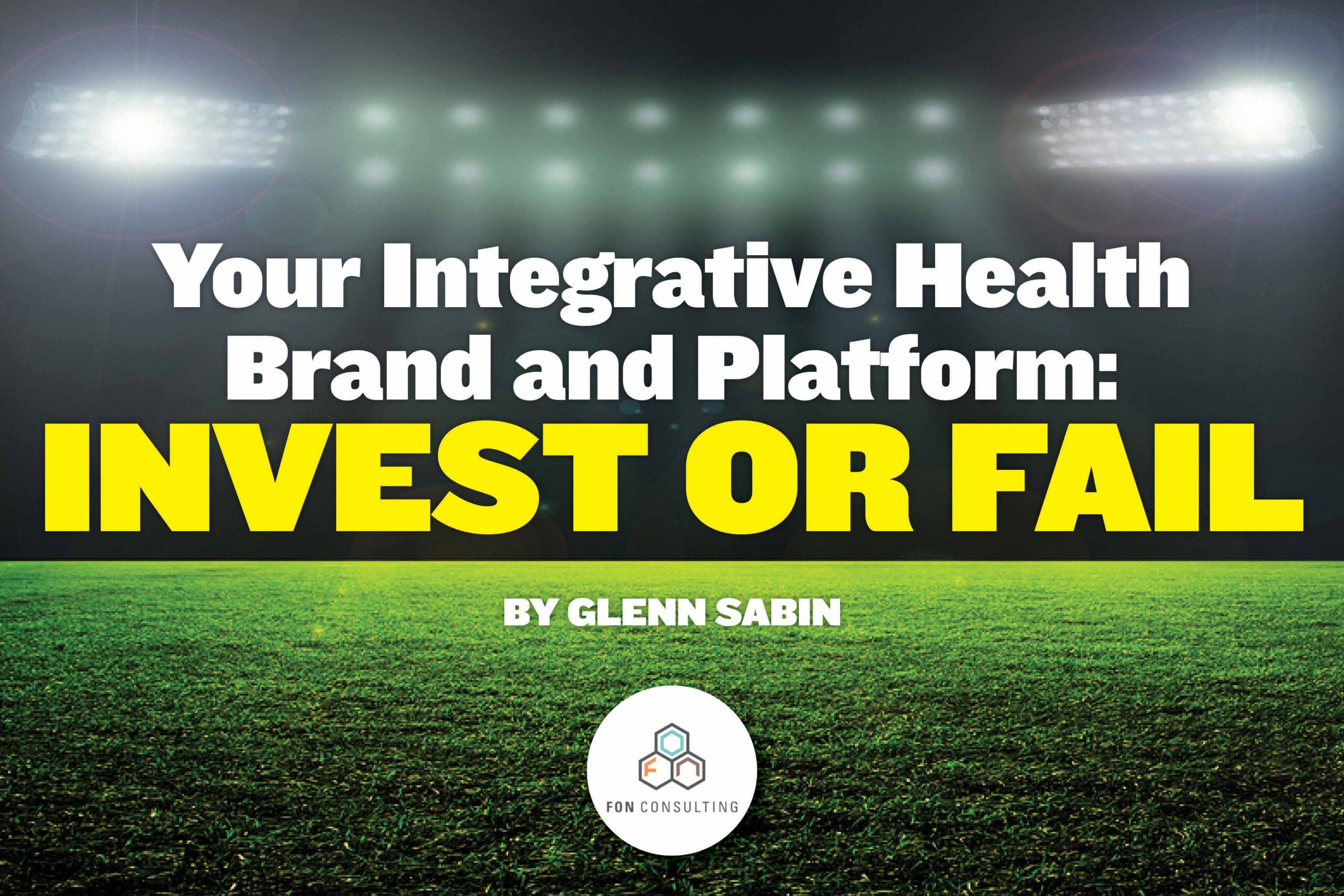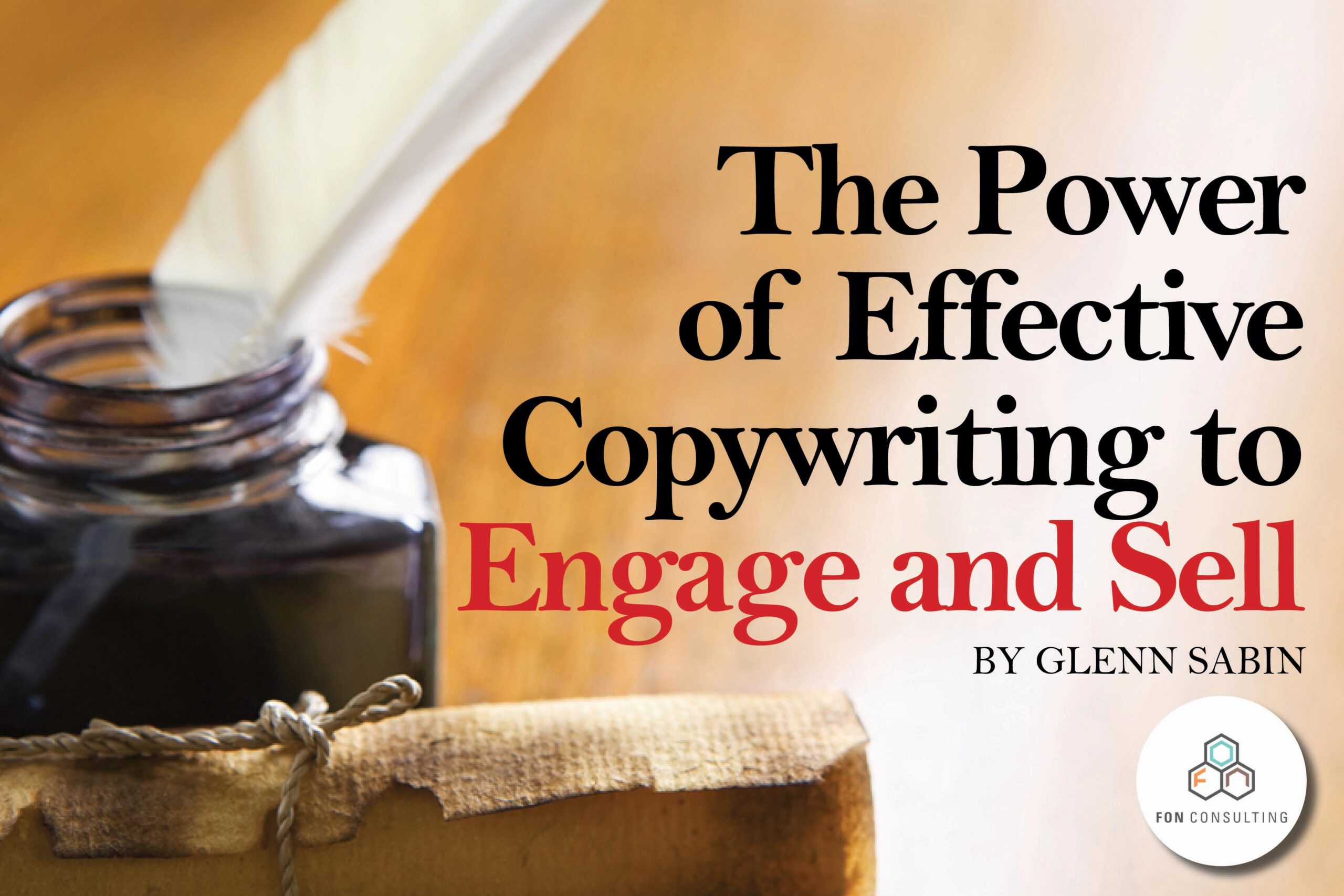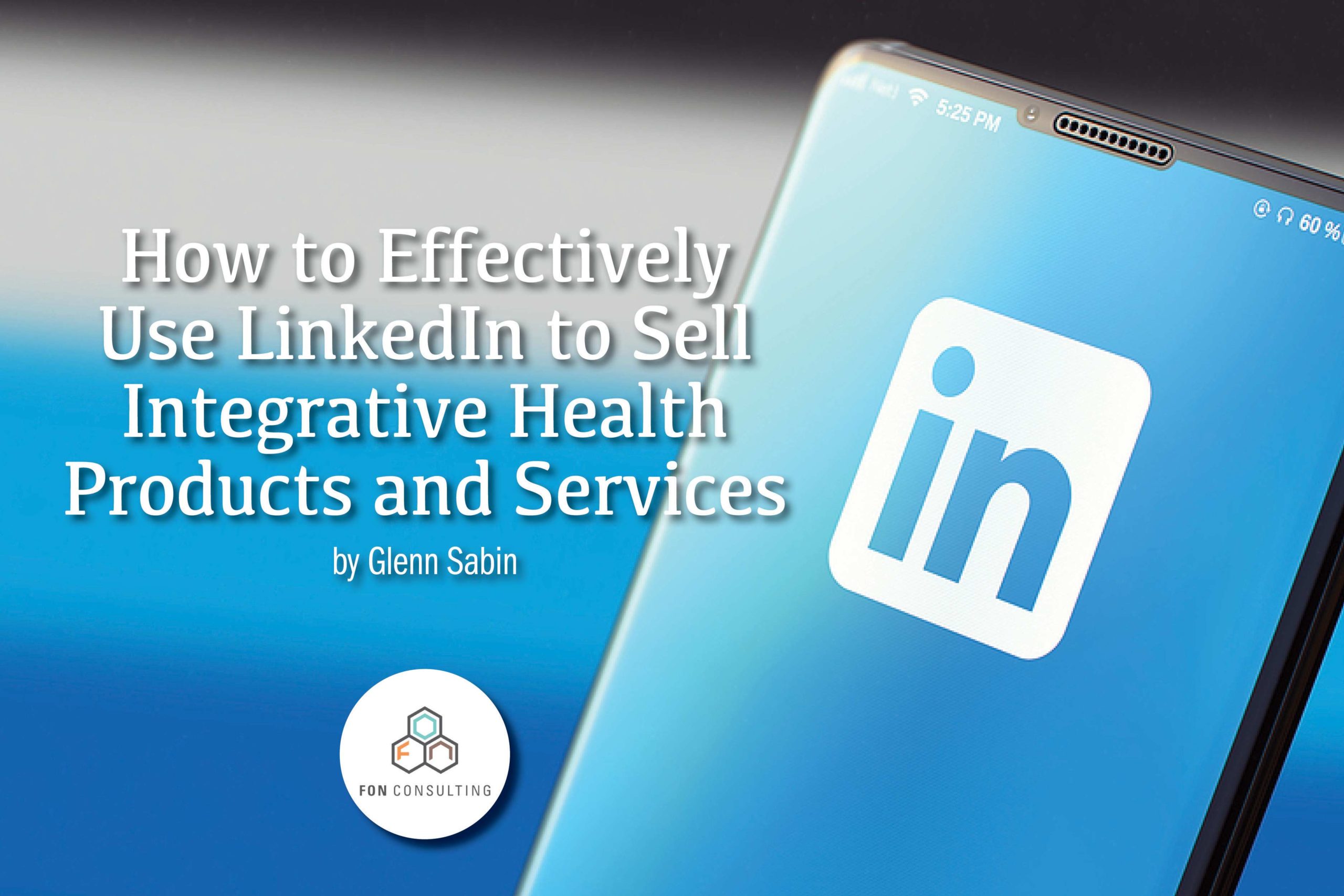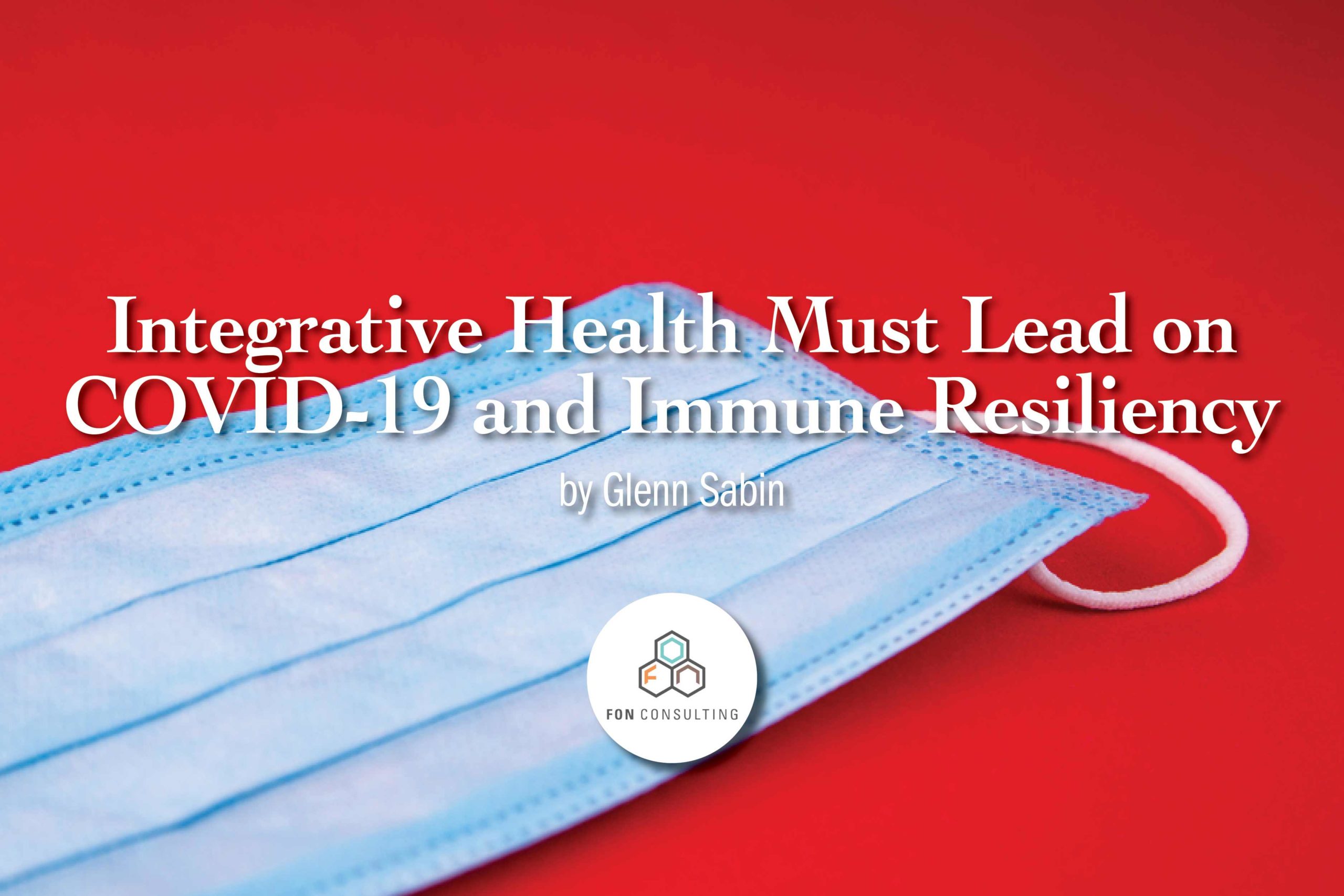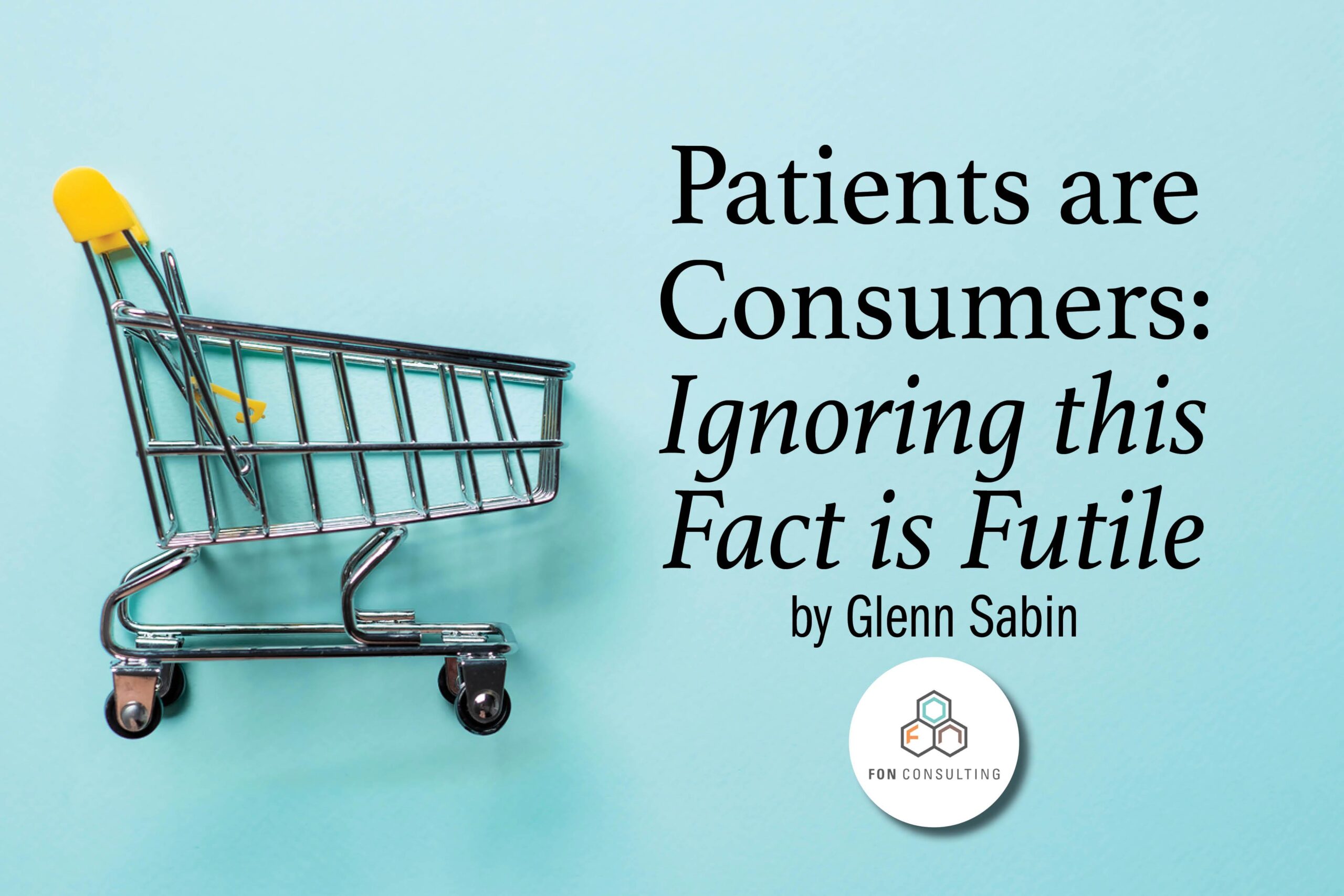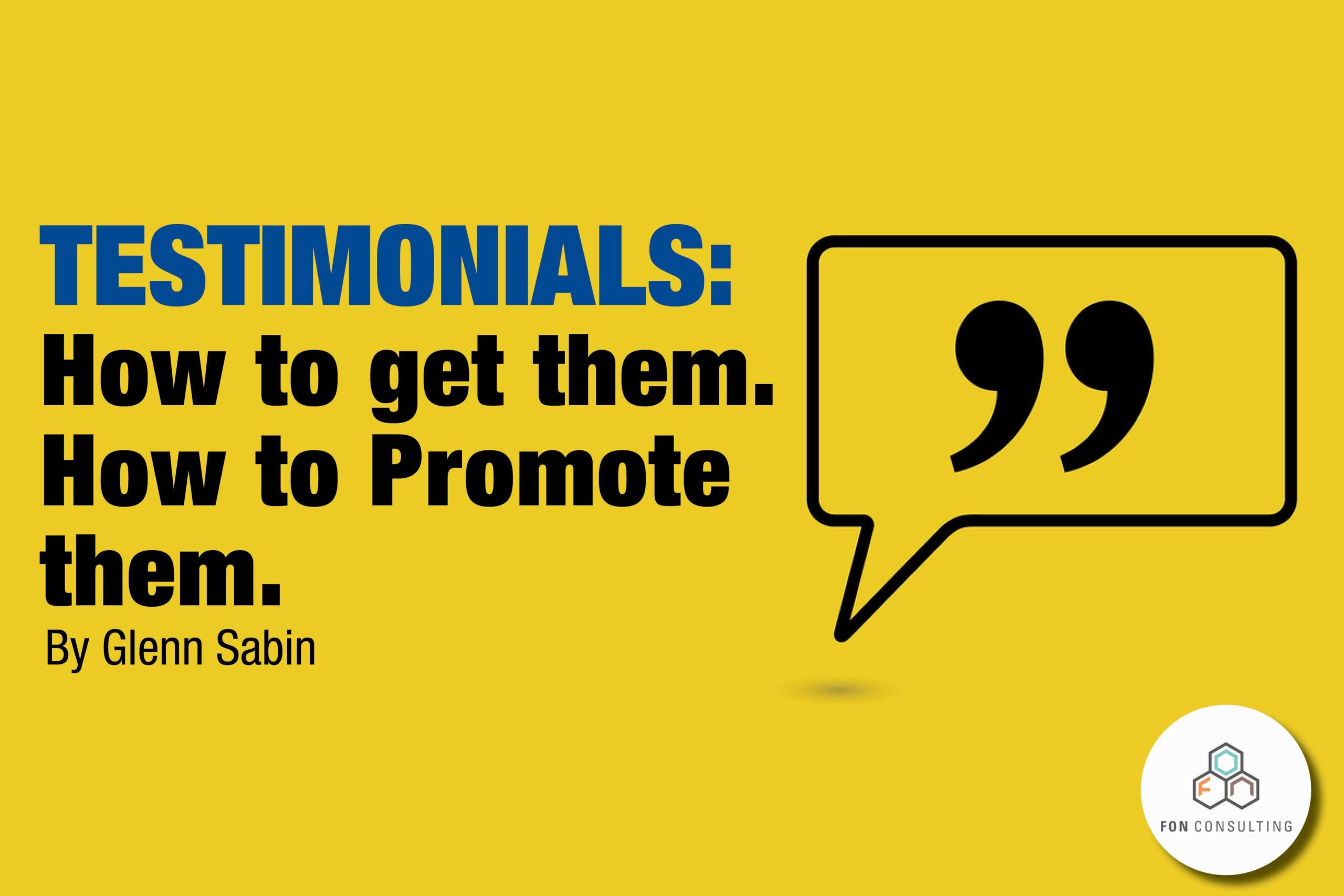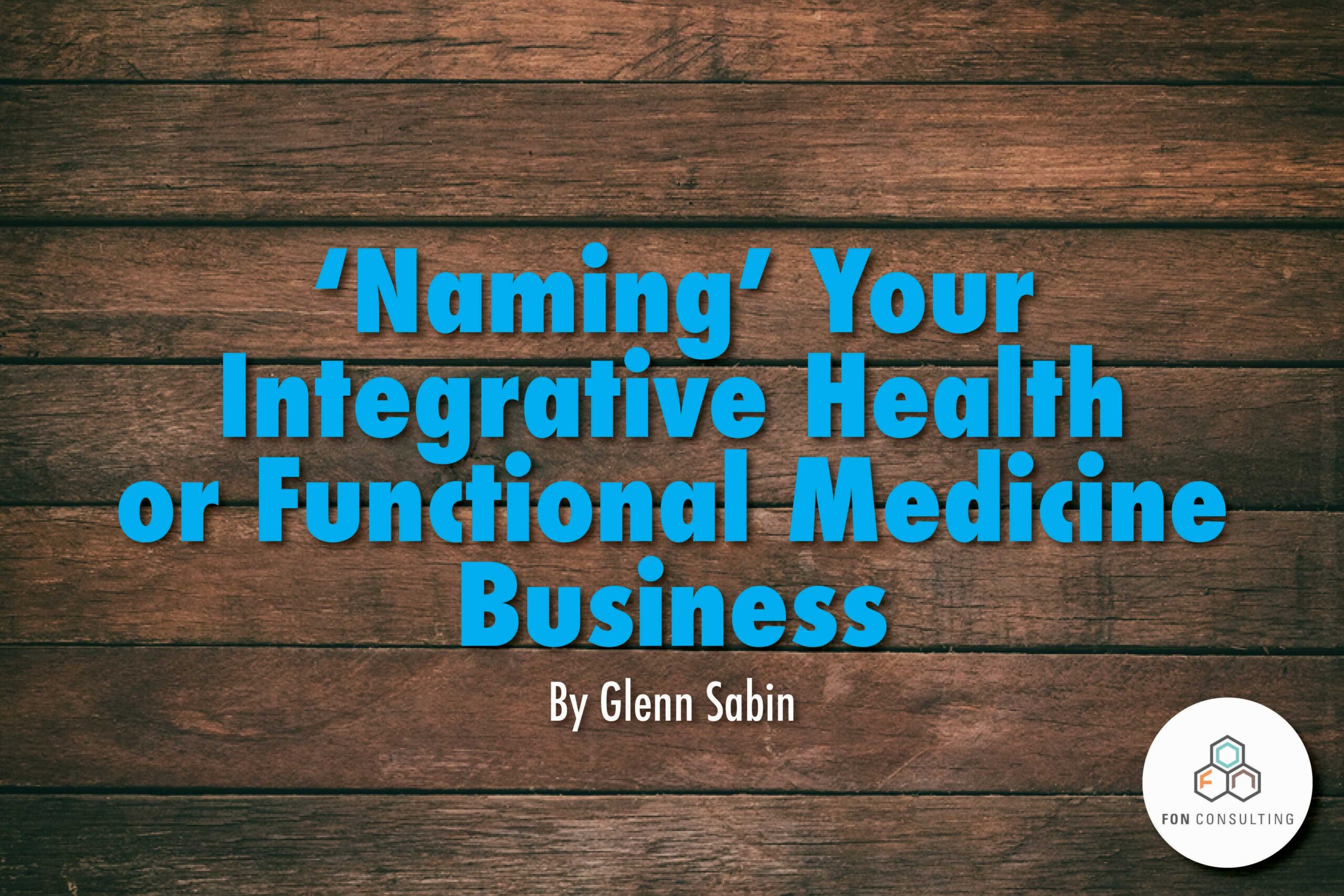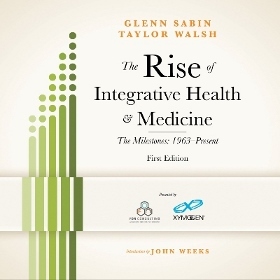As an Integrative health organization that has invested significant time and resources building audiences on social media, you are now faced with a stark reality:
You do not own your profiles… nor your followers, likes, and subscribers; you simply rent them. The rules of engagement are beyond your control.
The social media ‘organic reach’ free ride is officially over. It has been for a while—ever since Facebook pulled in the reins on how many of your business page ‘likes’ see your content.
Social Media Organic Reach Versus Paid Advertising
Originally, you signed up for the opportunity to cultivate and grow an infinite audience, over many months—even years—in order to engage them in your brand. This is ‘free’ social media organic reach. It still exists, but largely in a limited form.
There are myriad ways in which you can pay to boost posts or place targeted advertising across social media channels. Paid options for targeted advertising and boosting posts will always be available—more than ever, as the big social channels follow Facebook’s lead with a ‘pay to play’ model. This is paid advertising. It has always been an option, but now has become mandatory in order to achieve maximum reach of your ‘likes’.
Bait and Switch?
If your page has over 10,000 Facebook likes, your organic reach (people who see your posts without you having to pay via ‘boosting’) can be as low as 1 percent of that number of likes. In essence, penalty for popularity. All that time and energy invested to build a sizable audience may seem to you to be for naught, because, through no fault of your own, your audience diminishes through algorithm and financial opportunity of a social media host.
Don’t be surprised when LinkedIn, Twitter, YouTube, Instagram kick into this revenue-generating mode.
Rented Land and Terms of Engagement
This is what happens when integrative and functional medicine businesses and practices—really, all organizations—build their ‘branded content’ homes on rented land. The landlord (insert social media platform channel name here) controls every aspect of the customer (you) and end-user experience (the community you serve).
This is how that transactional relationship is monetized. You build the audience through engagement and sharing valuable content, and the social channel places ads against the impressions your work generates. This is, of course, in exchange for your ‘free’ profile.
There is no question that social media remains a powerful medium through which to connect to prospects and existing clients. Facebook, Twitter and LinkedIn may very well be the 21st Century’s equivalent to last century’s ABC, CBS, and NBC, albeit with very different business models.
After all, these broadcast outlets still have to invest in their own expensive programming, whereas the social media channel owners rely on user-generated content to drive engagement and revenue.
Social Media Remains Essential to Building Your Brand
Don’t get me wrong—you need a social media presence; it remains an essential part of the marketing and communications mix.
Enjoying this article? Subscribe and get our latest, delivered straight to your inbox.
However, your strategy should be to leverage social media channels in whatever ways they are useful to your business today; be prepared for a change of rules at any given point, with little notice.
I wholeheartedly agree with small business development and marketing expert Chris Brogan, who had this to say in a recent Sunday newsletter:
The [Social Media] Companies Tune Their Platforms for Revenue
As they should. BUT. What that means and how that translates on some of the platforms is this:
- Facebook – no one sees your page unless you pay.
- Twitter – no one sees your tweet unless they very deliberately seek it out.
- YouTube – your content must be entertaining to be found, but must also be ad-friendly.
- LinkedIn – well, maybe you can pretend we’re ‘businessfacebook’. It’s mostly media up front and recruiter tools in the back.
- Instagram – people can see your stuff here, but no clickable links except for your bio makes it mostly worthless as a pure marketing tool.
The Core Usefulness of Social Media
Choosing a select group of social media platforms for your brand is critical, and most useful for the following activities:
- for real-time customer service support;
- to share content with your core community of likes, followers, and connections, and to facilitate wider sharing;
- to engage the larger social media ecosystem by participating and commenting on other conversations or group discussions;
- as a listening tool to ‘hear’ what others are saying about you and your brand (social and Google Alerts are excellent for this);
- to bring interested people back to your wholly owned media.
For Actual Sales… Social Media Is No Magic Bullet
Number 5 is bolded because I am a firm believer that all social activities—really, any activities, digital or otherwise—ought to point back to the media you own and the land you control. This is your website. Your ‘owned’ media.
The difference between a fan, like, follower, or connection, pales in comparison to ‘earning’ an email address—and, with it, the permission and trust to land in someone’s inbox. (Of course, once you gain that trust, you will need to maintain it over time, based on how you treat your ‘list’.)
Yes, I realize how many emails we each get. And most of them are selling something. But a smart email marketing strategy that achieves an engaged audience with, say, a 25 percent open rate, and six percent click-thru rate, is exponentially more valuable than, say, three percent of your total Facebook likes seeing your content feed.
Think about how much buying you do as a result of spending time on social media channels.
Now think about the lists you are on and those companies from which you regularly hear: the brands that frequently engage you around valuable content—and those you often patronize, and from whom you receive rewards and promotions. I’ll bet you have a lot more transactional relationships that originate from email than social media.
This is why…
You Need to Re-think and Re-frame Your Social Media Activities
You have finite resources, both human and fiscal. For your business to be successful you must apply a variety of business development, marketing and communications tactics to develop your brand, engage clients (or patients), and consistently generate revenue. It’s essential to:
- understand the difference between organic reach and paid advertising, and how changes to a social media channel’s policy affect your ability to reach the audience you’ve built;
- social media should remain a vital part of most organizations’ business development strategy, but be aware of the key roles best suited for social media engagement (as detailed earlier);
- social media channels are rented (or borrowed), not owned, so it is critical not to put all of your content and engagement eggs in these baskets… go deeper in a select group best matched to where your clients and prospects engage;
- invest in your owned media—your website. Carefully, with a balanced approach, drive social interactions to valuable content that lives on your site, so that you can capture valuable email addresses and build your list, because… the gold is in the list.
When it comes to social media’s place in the marketing mix, Facebook has shown us that the rules will continue to change. Social platforms will continue to devise ways to charge businesses to reach the communities each business has developed.
Rather than settling for just a smaller chunk of the free ride, take advantage of all opportunities in the aggregate.
By positioning your organization not to rely solely on social channels to drive attention, engagement, and sales in the future—and by being aware of shifts and trends—you will build long-standing relationships on your terms.
Achieve success by investing more in your ‘owned’ media (your content), and by engaging on your own land (your website), with participation in other viable activities to round out your marketing and engagement mix.
About FON
FON is a leading integrative health and medicine business development and strategy consulting firm. FON specializes in custom solutions for growing patient volume, developing programs, and increasing product sales. Our practical business models are driven by innovative marketing, clear messaging, and customer engagement via branded storytelling.
Contact us today to schedule a complimentary 30-minute consultation to discuss your business development or personal brand needs.
Photo credit: Kesu01/bigstock.com

Read Glenn’s story.


